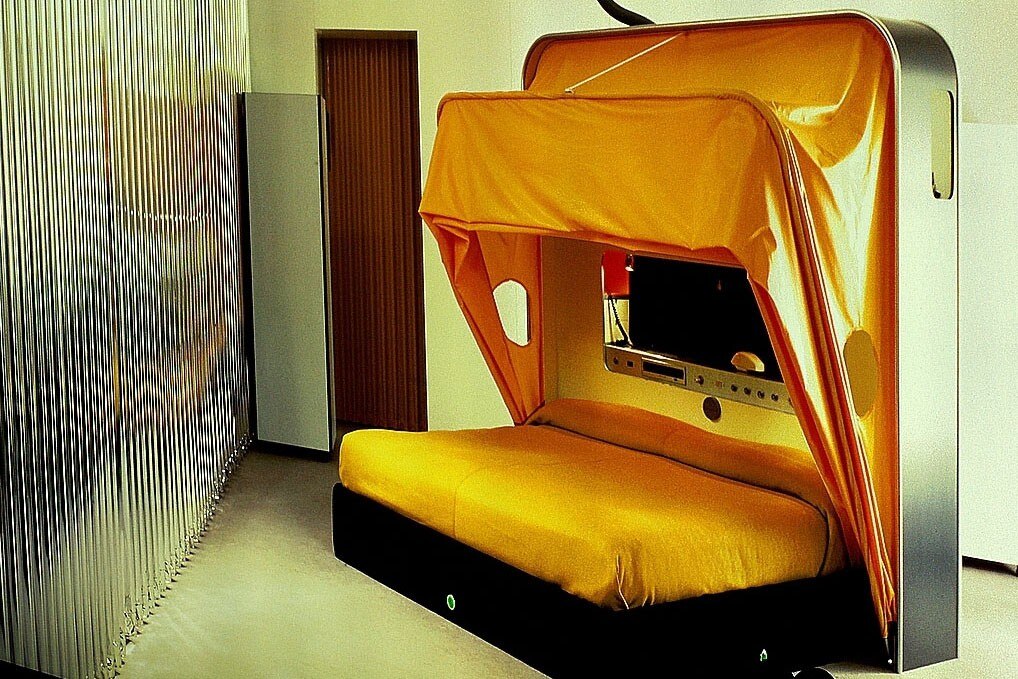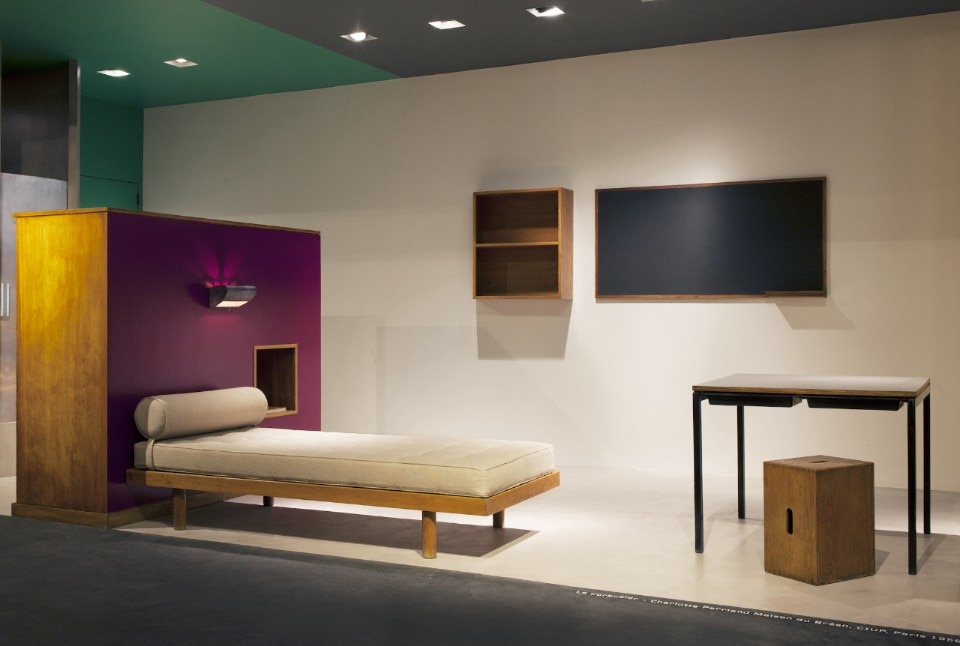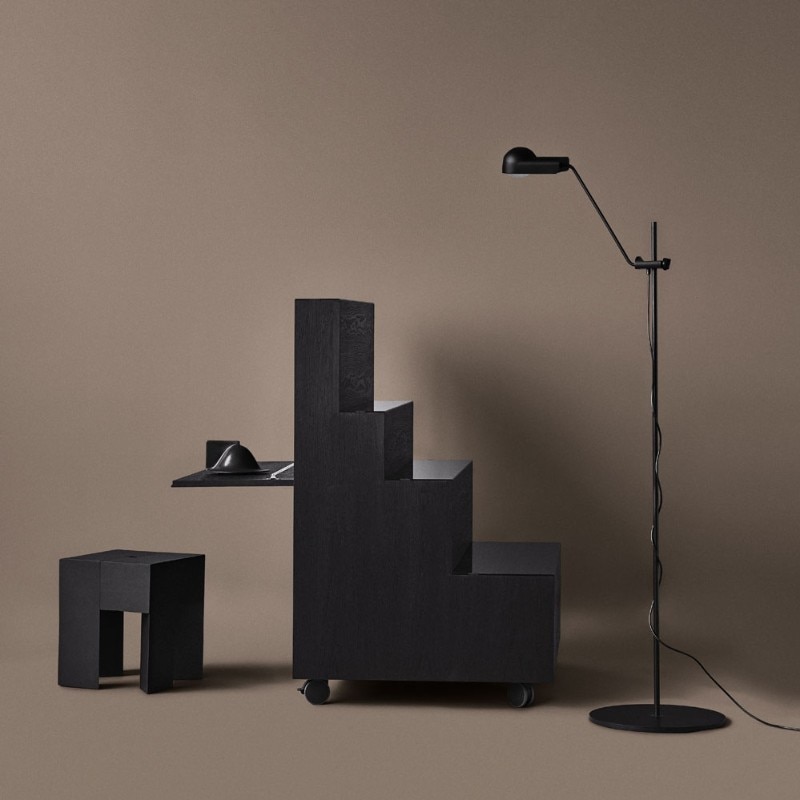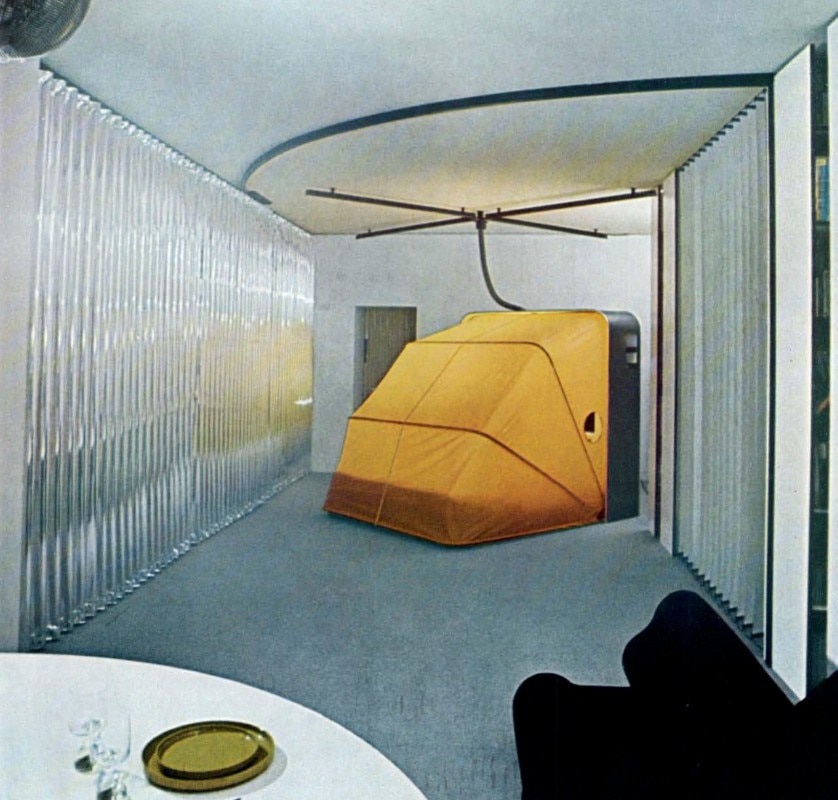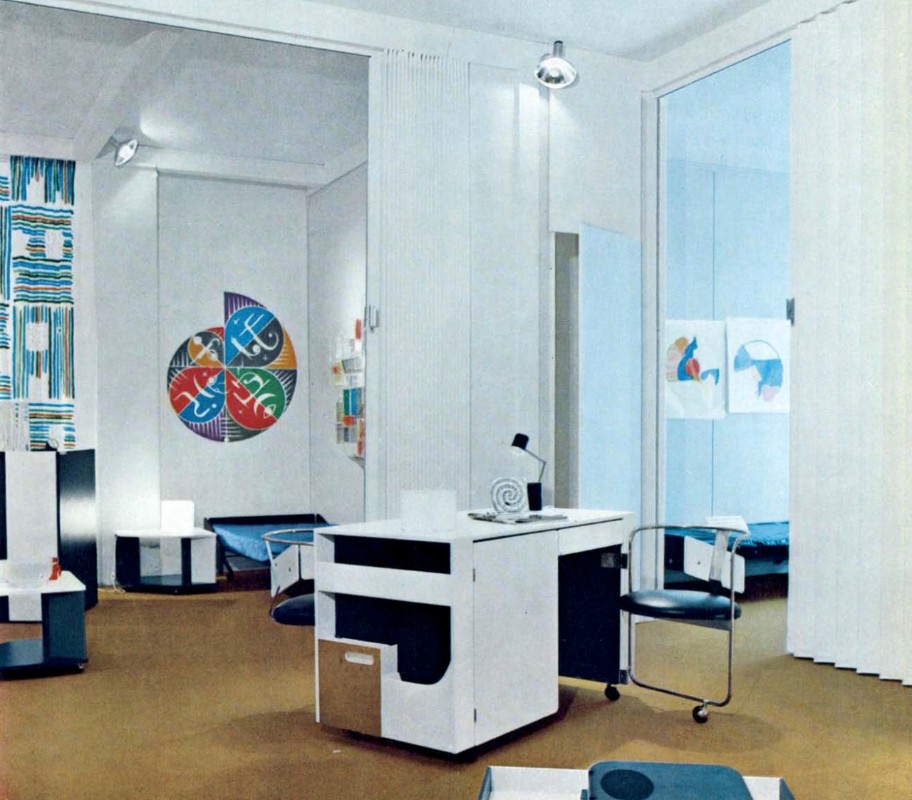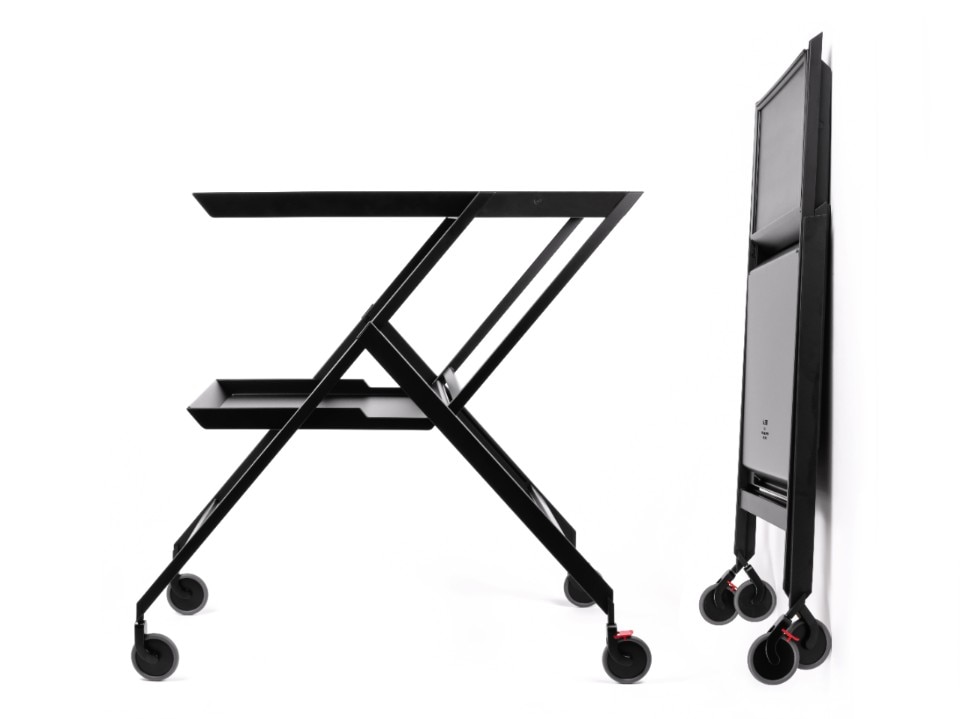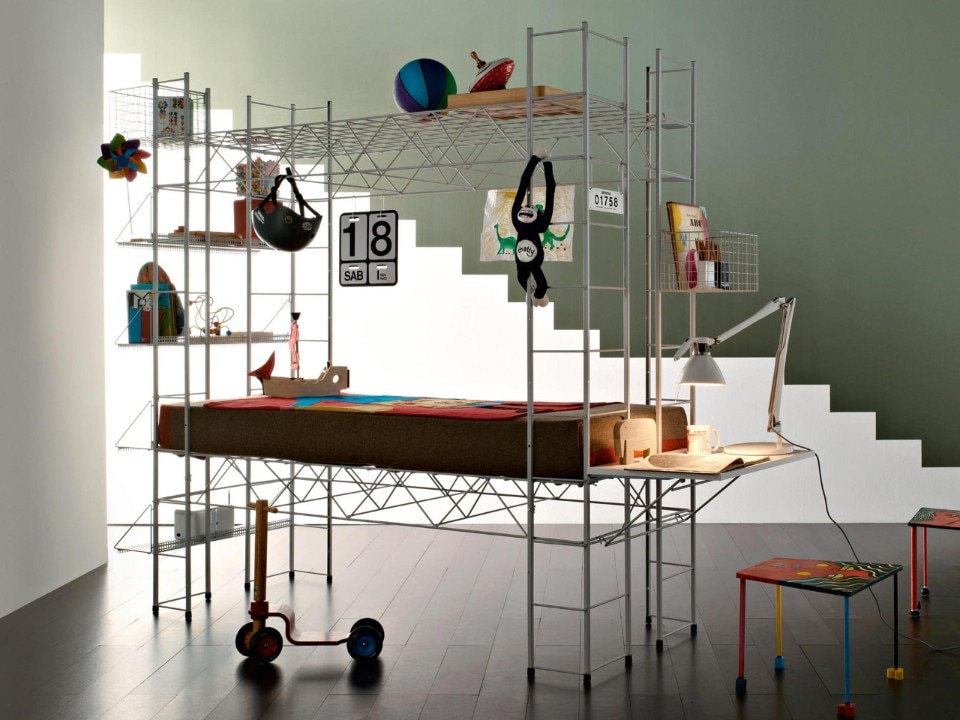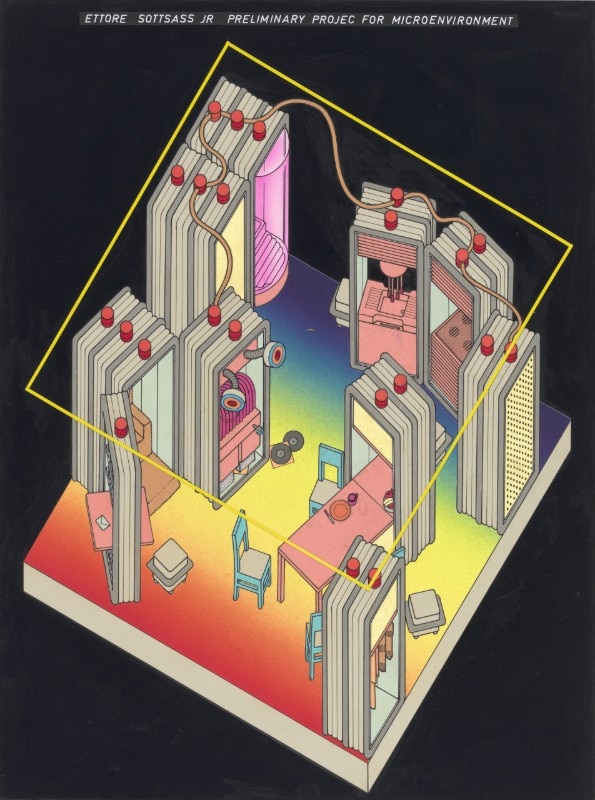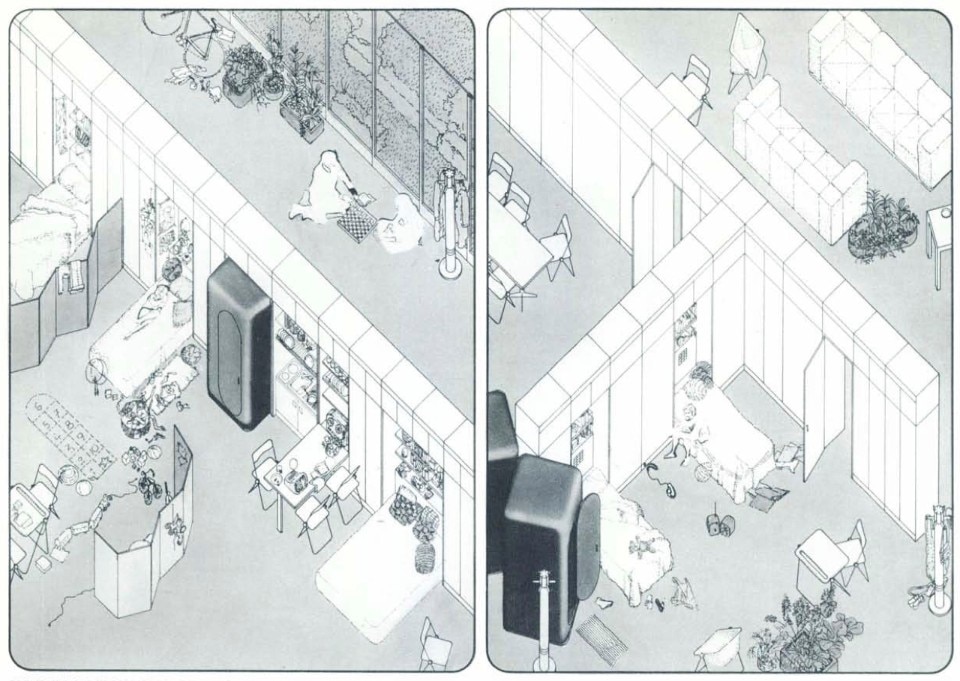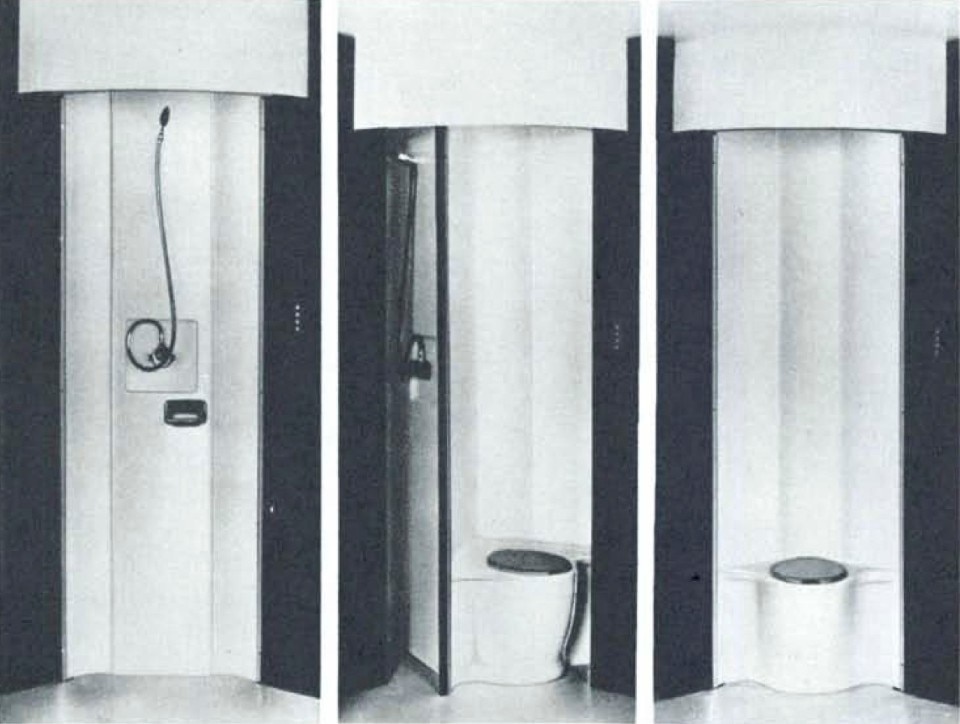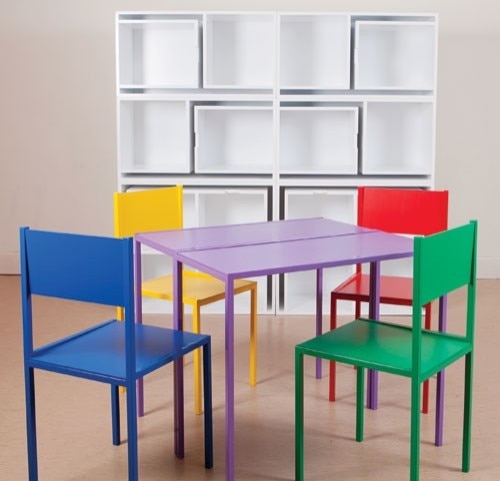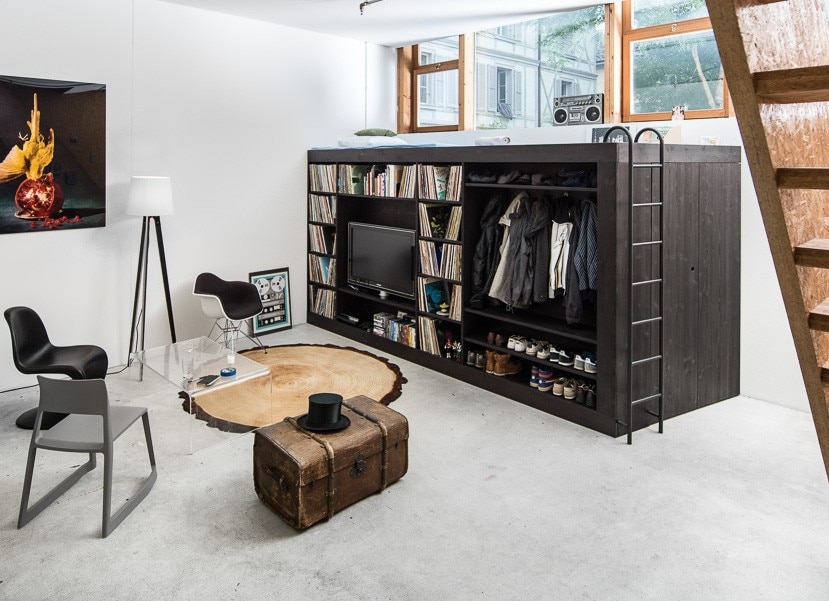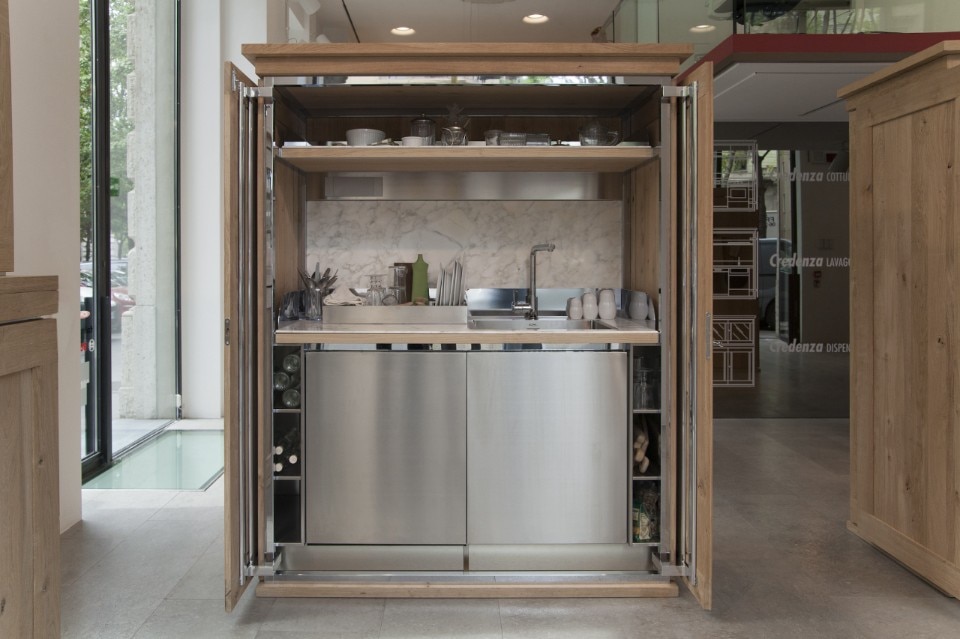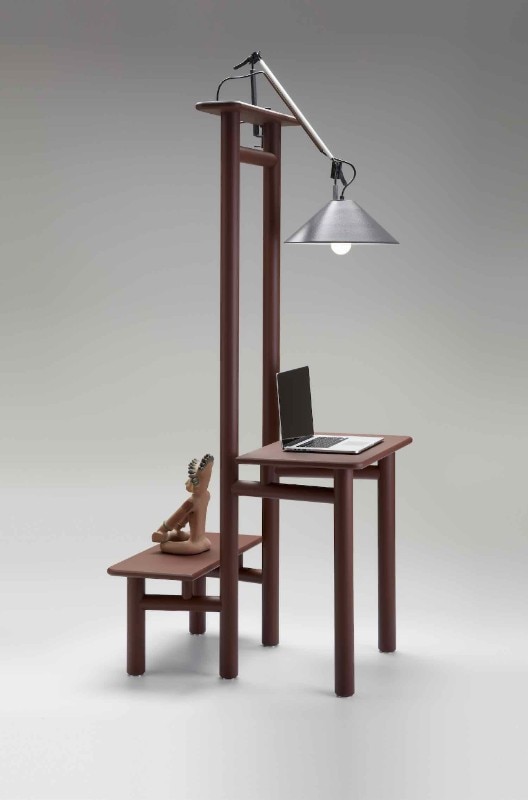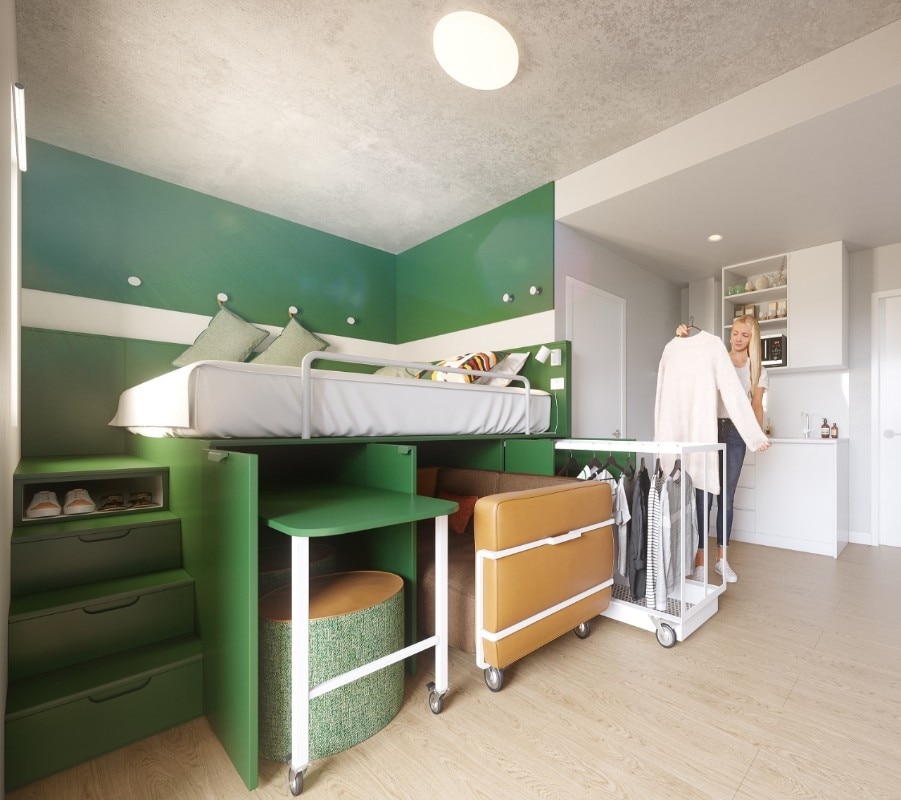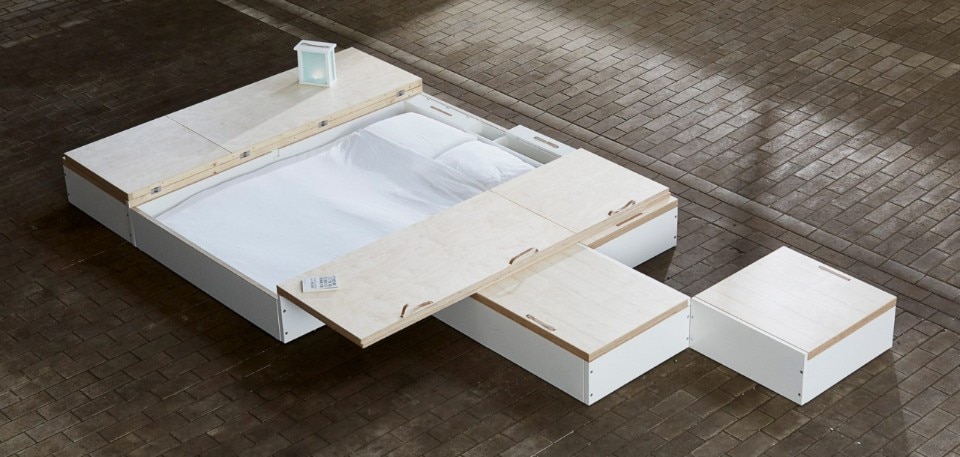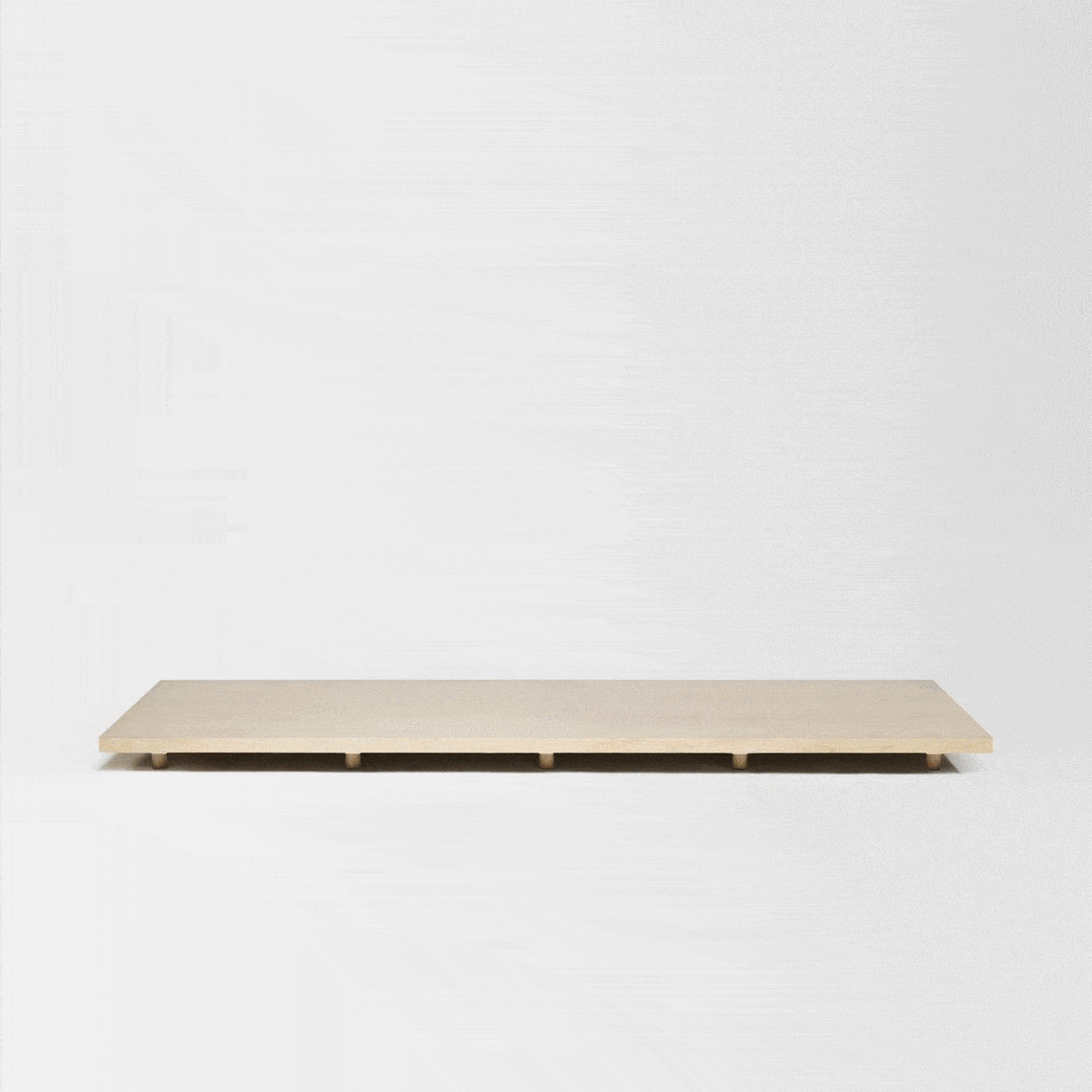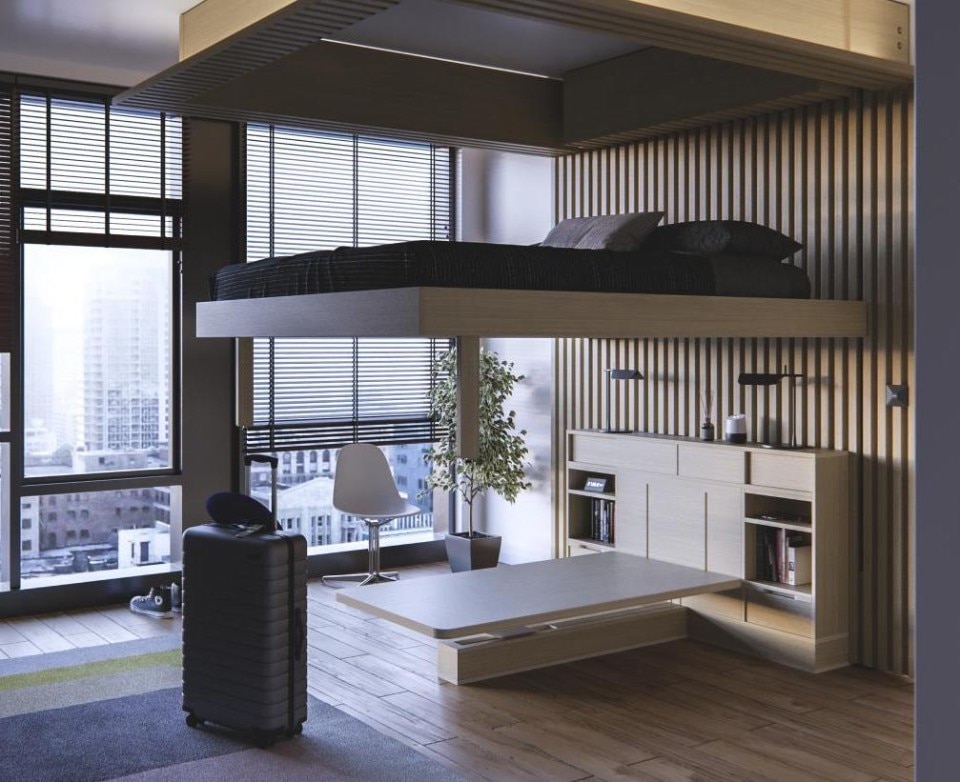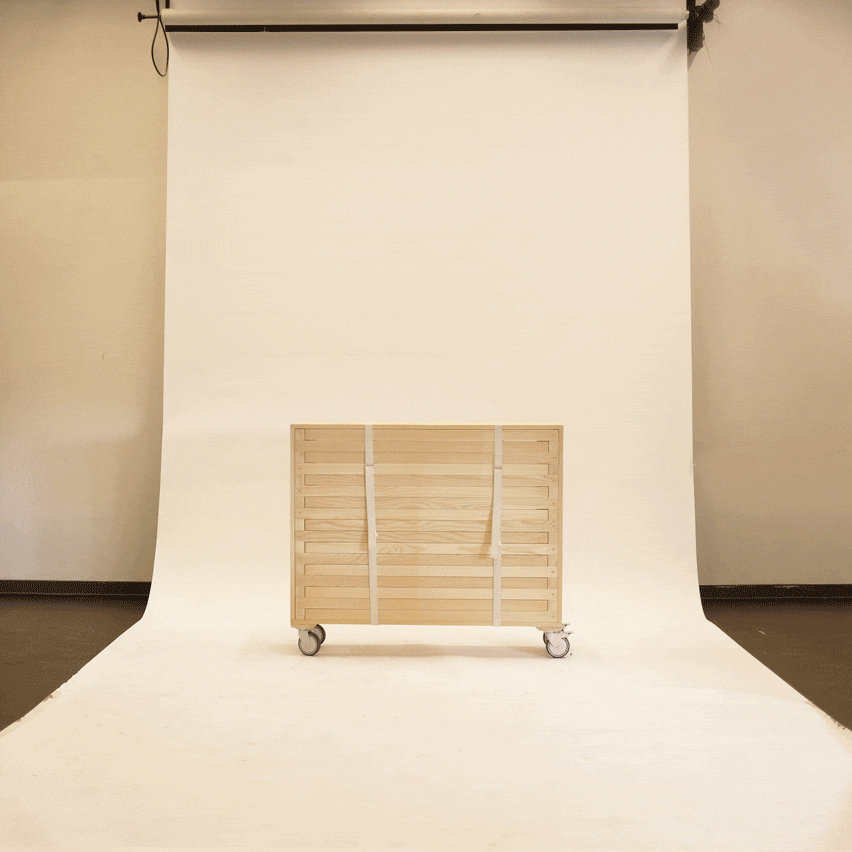In 1929 the second edition of the Congrès internationaux d'architecture moderne was held in Frankfurt, with the manifesto title Existenzminimum, or Housing for the minimum level of existence. The issues addressed can be summed up in two themes: the normative character, with the creation of standards of liveability closely linked to the needs of the individual user of those spaces; the design character, re-examining the physical elements of a dwelling, such as the distribution of interior spaces and more efficient planning.
Thanks to the energetic impulse of Ernst May, the German city was carrying out an impressive program of construction of council housing in those years. The famous Frankfurt Kitchen, designed by Margarete Schütte-Lihotzky, appeared in the housing. Built for 10,000 units, it quickly established itself as an efficient, low-cost project: a rational layout in which a housewife’s everyday tasks are carried out according to a precise, previously investigated ergonomic program.
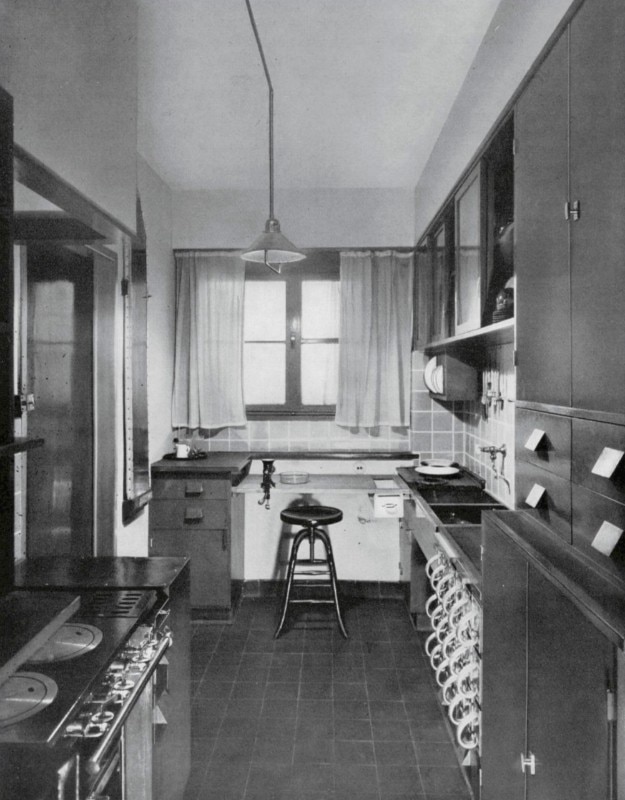
The Modern Movement then contributed numerous other examples of minimal living cells in its history, citing perhaps the most personal and intimate example of Le Cabanon, designed by Le Corbusier in the setting of Roquebrune-Cap-Martin on the Côte d’Azur. In Italy, on the other hand, it was Franco Albini who put modern living on display during the VI Triennale. La Stanza per un uomo is proposed here as a small demonstration room, a unitary space, organized on the mesh of the minimum 60x60cm module.
The technological positivity of the 1970s led instead to the radical drifts of Joe Colombo and Ettore Sottsass: visions that began with the deconstruction of domestic space into self-sufficient units equipped with all the new comforts. A narrative that would later be ironically mimicked in the iconic sequence of the Italian cult movie Il ragazzo di campagna (The guy from the countryside), where actor Renato Pozzetto plays as Artemio, a farmer who moves to Milan in search of fortune. “Unfortunately, the smallest pieces have already been taken,” says the protagonist as he presents the state-of-the-art one-room apartment set in an aseptic residence and equipped with a retractable kitchen, folding table and rotating chairs.
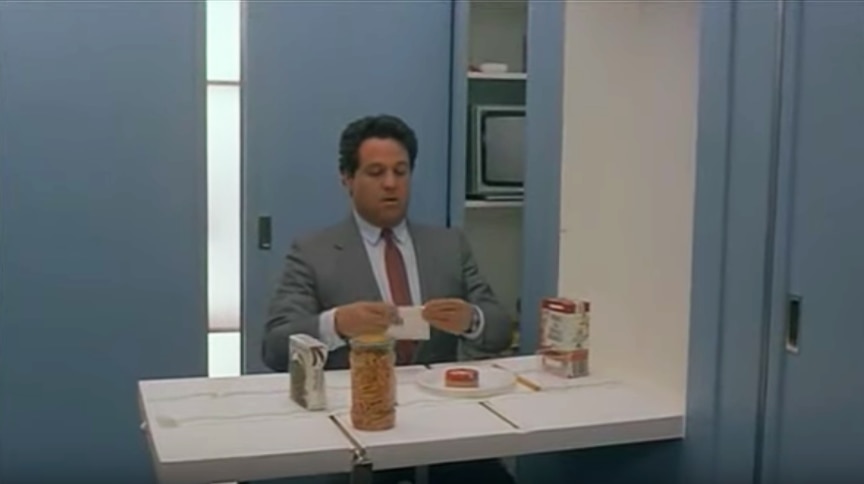
Today, the theme of minimal living has become part of the mainstream. Thanks to the ecological footprint of living, but also – and above all – to the constantly rising cost of square metres in international capitals, more and more designers are trying their hand at the theme. Among iconic furnishings, home automation, and new aesthetic challenges, we present twenty furnishings designed for minimal living in the gallery.
Opening image: Cabriolet Bed by Joe Cesare Colomb


